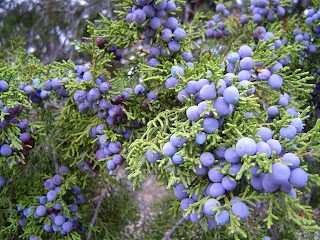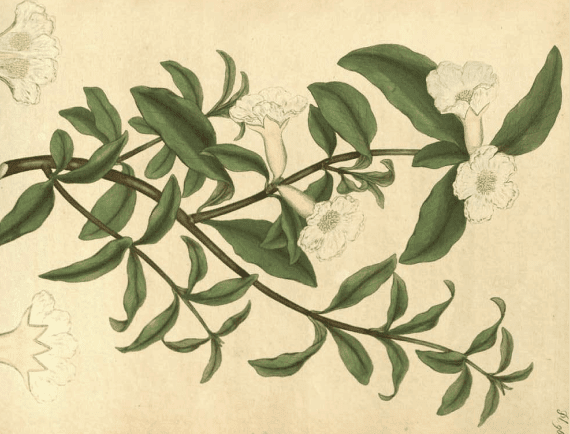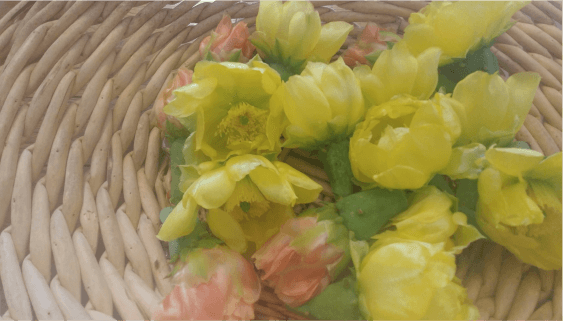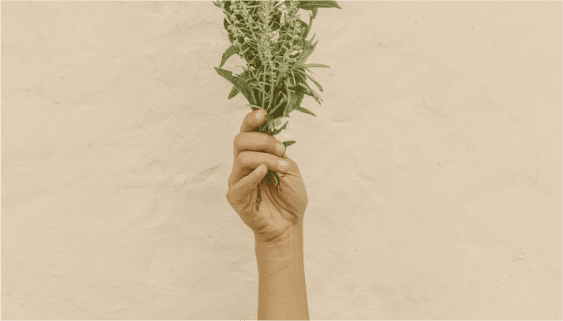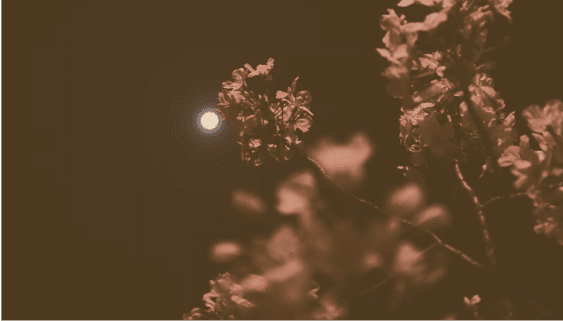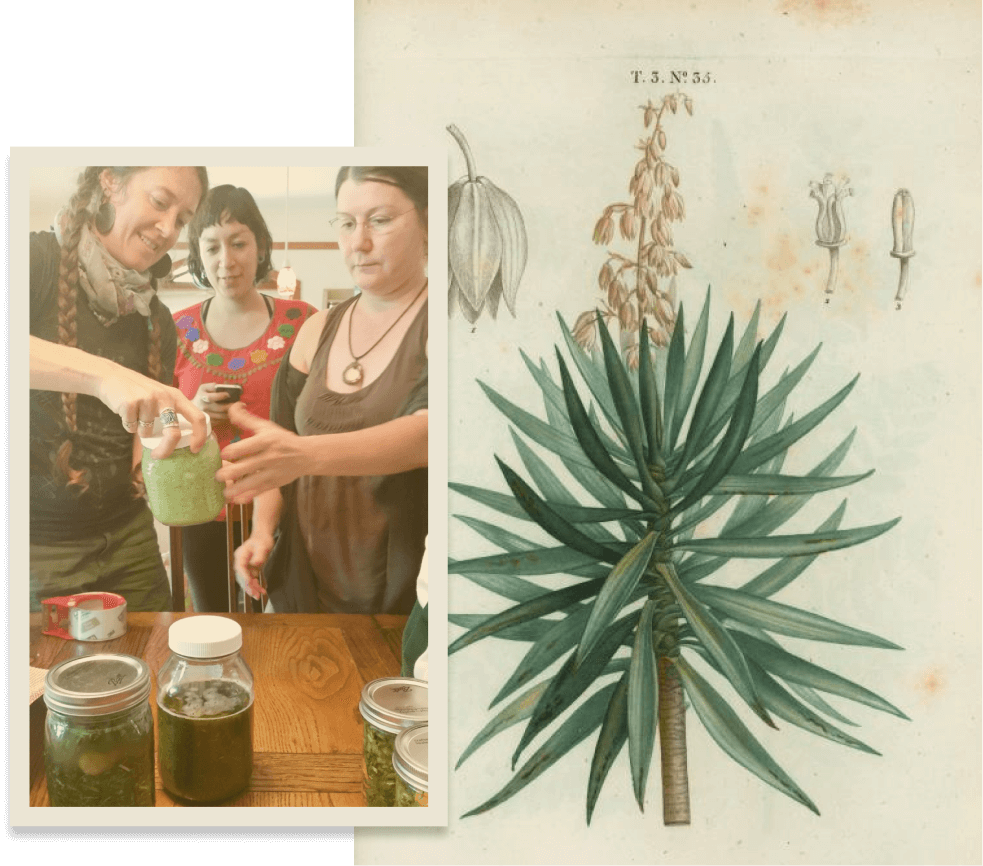Juniper/Cedar
Cupressaceae
By Anna Derengowski
Wildflower School 2012
Tastes:
bitter, pungent, sweet, warm, dry
Properties/Actions:
astringent, diuretic, bitter, carminative, expectorant, antimicrobial, emmenagogue
Constituents:
volatile oil, condensed tannins, diterpene acids, sugars, resin
Preparations & Dosage:
Specific Indications:
chronic weakness of the kidneys, cystitis or urethritis without active inflammation, chronic enlargement of the prostate with discharge but without inflammation, painful or excessive urination without inflammation (especially during menopause), uric acid buildup, poor digestion or assimilation [2]
Contraindications:
Juniper should not be used during pregnancy or when breastfeeding. Topical use may result in redness and irritation of the skin. With prolonged use, Juniper can irritate the kidneys, and so should not be used in cases with active kidney inflammation. Short term overdose can result in gastrointestinal bleeding, increased pulse rate and decreased body temperature, while long-term overdose may result in personality changes, cystitis, kidney damage, and convulsions.[3]
Uses:
The berries, eaten raw, serve as a very strong digestive stimulant and carminative. It is suggested that one eats within 30 minutes of taking juniper due to avoid a notable drop in blood sugar levels. [4]
An infusion of the berries and/or leaves is used for coughs, as an expectorant, and to kill bacteria in the lungs, kidneys and urinary tract. I found the infusion to be the most effective expectorant of all preparations, resulting in coughing for 45 minutes after ingestion.
A tea or cordial can be made and ingested daily to assist those with allergies to the juniper pollen.[5]
Juniper is a strong diuretic and antimicrobial for the kidneys and urinary tract, especially when used in tincture form as the effect is largely focused on the kidneys. When using juniper tincture for urinary tract complaints, it is best mixed with marshmallow or another demulcent herb, as juniper is a very strong astringent.[5] If using juniper tincture for digestive complaints, is it important to remember that tasting the bitter flavor is essential to the digestive effect.
The infused oil or essential oil used topically is an effective rubefacient and local stimulant for painful joints or rheumatoid arthritis.
Eating juniper berries may be helpful when drinking unclean water. [6]
A smudge stick made out of juniper leaves is effective at clearing negative energy or lingering energy from corners of a room. Much as juniper is warming, dispersing and disinfecting inside the body, the smudge can have the same effect on a person or room. The smell left from the smudge is pleasant and seems to leave a brighter energy in its wake.
Historical Uses/Fun Facts:
Historically, juniper was thought of as an internal fumigant for burning up disease in those nursing people with serious illness and was thought to expel worms. Juniper berries are most popularly known for being the flavoring element of gin. The wood of the Juniper tree has often been used for building material as it is sturdy and aromatic, making it naturally antimicrobial and deterrent to insects. Native American tribes burned Juniper leaves during purification rituals and to clear negative energy. Historically known as a cure for “dropsy,” or edema, due to its diuretic property.[7] The berries are commonly used as a spice for meats. Try cooking salmon on a bed of Juniper twigs with dill, lemon, salt and pepper.[4]
Flower Essence:
Juniper used as a flower essence raises our level of vibration and consciousness in order to free up blocked energy or reclaim energy that is drained by negative forces in our lives. It is effective for feelings of desperation, self-loathing, impatience, negativity, and being overwhelmed.
Juniper essence can balance mood swings by reminding us of the cycle of our own emotions. It is used for women who objectify their own bodies, who feel impure or repulsed by their bodies. It is an important flower essence for those in destructive relationships and for releasing negative emotions in relationships (possessiveness, attachments, obsessions and addictions). Juniper is a protector, it helps to release ourselves from the cycle of negative patterns, restore boundaries and balance, and strengthens the feminine, and intuition within us.[8][9]
Botanical Description:
Juniper is an aromatic evergreen tree or shrub growing anywhere from 3’ to 30’ with approximately a dozen native to North America but only three species growing in Central Texas (J. ashei, J. virginiana, J. pinchotti). They can either be monoecious (with male and female parts on the same tree) or dioecious (with male and female parts on separate trees). The female cones are fleshy and berry like, with a waxy coating, usually 3-6 mm in diameter. The color of the “berries” is usually light blue to dark purple, with the exception of J. pinchotti, which have orange-red berries. Male pollen cones range from 2-5 mm, shedding pollen in late fall to late winter. Leaves are needle-like or scale-like, 2-4 mm long, opposite or whorled in threes. The bark is grey and shreddy, revealing reddish-brown wood underneath. [10][11][12]
Habitat/Growing Considerations:
Juniper trees are extremely versatile perennial, growing in almost any soil and tolerating drought conditions. It is considered by many to be an invasive and thirsty plant, but before clearing Juniper trees, it is important to notice their role in protecting the land by providing food to wildlife and preventing soil erosion. [13] Berries can be harvested when ripe, and leaves can be harvested year-round.
Endnotes
[1] Southwest School of Botanical Medicine, Herbal Materia Medica, http://www.swsbm.com/ManualsMM/MatMed5.pdf. [2] Southwest School of Botanical Medicine, Herbal-Medical Contraindications, www.swsbm.com/ManualsMM/HerbMedContra1.pdf. [3] North American Institute of Medical Herbalism, Urinary Tract Botanicals, http://medherb.com/Therapeutics/Urinary_Tract_Botanicals.htm. [4] Henriette’s Herbal Homepage, Using Juniper Berries, http://www.henriettesherbal.com/blog/using-juniper-berries.html. [5] Ginger Web, phone interview, Jun. 14th, 2012. [6] Elpel, Thomas J, Botany in a Day (Pony, Montana: HOPS Press, LLC, 2010), 46. [7] Hutchens, Alma R, A Handbook of Native American Herbs (Boston, MA: Shambala Publications, Inc., 1992), 117.[8] Canadian Forest Tree Essences, Rocky Mountain Juniper Essence for Patience and Joy,
http://essences.ca/7-single-tree-essences/rocky-mountain-juniper-essence-for-patience-and-joy.html?sl=EN. [9] Flower Essence News, Protector and Guardian: Black Canyon Juniper Flower Essence,
http://sacredessences.com/blog/?p=257. [10] USDA Natural Resources Conservation Service, Juniperus virginiana L., http://plants.usda.gov/java/profile?symbol=JUVI. [11] US Forest Service Index of Species Information, Juniperus ashei, http://www.fs.fed.us/database/feis/plants/tree/junash/all.html. [12] US Forest Service Index of Species Information, Juniperus pinchotii, http://www.fs.fed.us/database/feis/plants/tree/junpin/all.html. [13] Central Texas Conservation Project, Read Your Land: Cedar Biology and Management, http://texasconservation.org/resources/ReadYourLand.pdf.
